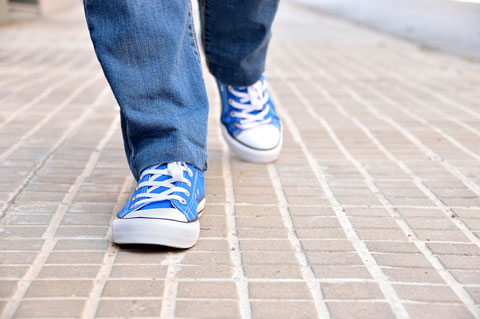It’s a beautiful day to be outdoors with the children. Go ahead—take those young social scientists outside! Take along compasses, clipboards, paper, pencils, field glasses, measuring tools, and maps to help children study places and people outdoors. The activities listed here can work on the spur of the moment or be part of in-depth class investigations.
Living in the world
Invite the children to find out “Who lives near our school?”
- Look together for homes of animals and people. Help the children list and describe homes they see—from anthills to apartments.
- Discuss what materials are used to make these homes. Ask the children to guess how people or animals make their homes.
- Arrange for children to measure, photograph, and make field drawings of a home.
Moving along
Investigate a transportation route.
- Ask children what they see that carries a load. What is its cargo? How does it move?
- Let the children count how many people are in the cars or buses going past. They can take turns using a counter or making tally marks to record how many vehicles pass by in one minute. One child can operate a timer or stopwatch.
- Invite children to measure and make field drawings of vehicles, waterways, roads, and paths. You might help older preschoolers map a transportation route.
Keeping things clean
Learn how a neighborhood is maintained.
- Help children notice things that are used to promote a clean environment, such as a “No littering” sign or bags that dog owners can use to clean up after their pet while on a walk.
- Identify receptacles for trash and recyclable items. See how many containers you can count in a local park.
- Point out trash collectors, street sweepers, and maintenance workers. Ask them about their roles in keeping a clean and tidy neighborhood. Encourage children to make observational drawings of their uniforms or equipment.
Going places
Visit an unfamiliar playground.
- After they play, invite the children to compare play spaces. You might ask, “How is this place different from the school playground? Who comes here? What can you do on this play equipment?” Write down their ideas.
- Encourage them to make observational drawings of the play area.
- Discuss with the children what to include in a model of the playground and how they might make the model.
- Let them build a model in the sandbox or sand table.
IEL Resource
- Resource List: Appreciating the Natural World with Young Children


 PDF
PDF